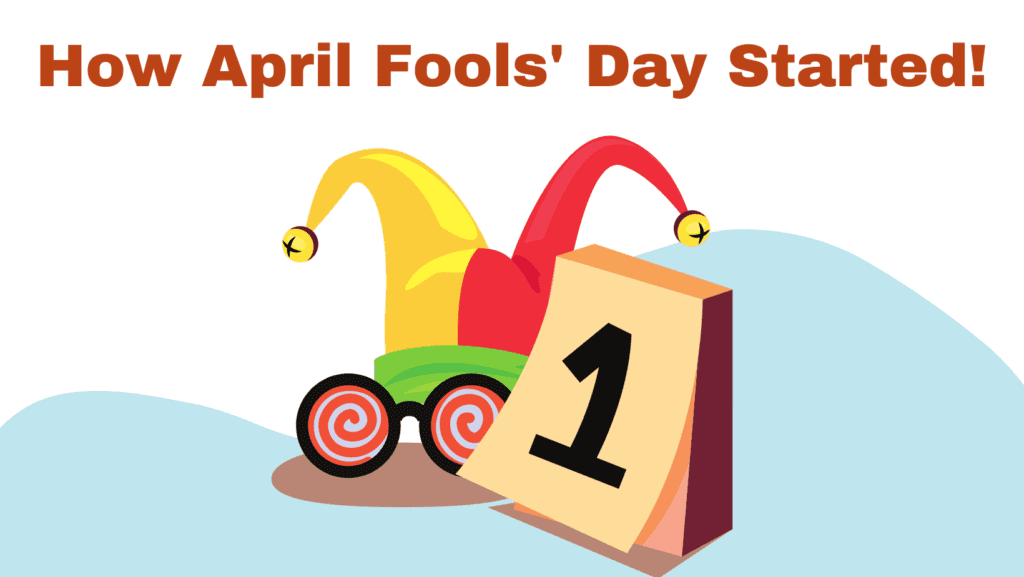
¡Viva la Locura!
Yes! Long live the madness! Hey there, language enthusiasts and mischief-makers! Ever pondered the origins of April Fools’ Day while dreaming of mastering Spanish? Well, hold onto your sombreros because Kasa De Franko, your go-to language oasis in San Jose and the San Francisco Bay Area, is about to take you on a wild journey through time and tradition!

A Foolish Quest Begins
Have you ever wondered why April 1st is the official day for pulling pranks and playing tricks? It’s a question that’s puzzled historians for centuries, but fear not – we’re diving into the wacky world of April Fools’ Day, exploring its origins and unraveling the mysteries behind this beloved tradition. ¡A ajustarse los cinturones! (Buckle up!)
This journey is going to take you to understand the origins of April Fools Day from a different perspective: We’ll start our quest explaining the different calendars used in Europe to better understand how it all got started. Who was the first fool of Aprils’ Fools? We don’t know yet. Lest start our trip and find out.
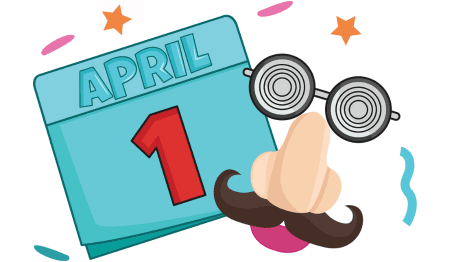
The Foolish Origins Unveiled
Let’s rewind the clock to the 16th century in France, a time of calendar chaos and revelry. Picture this: folks are swapping from the Julian to the Gregorian calendar, and amidst the confusion, some party animals are stuck celebrating the New Year in late March or early April?
Yep, you guessed it – they became the OG April fools! But instead of crying over misplaced confetti, they embraced the madness with pranks, tricks, and laughs galore. Remember our article New Years in March? Well now, it all makes sense, right?
Wait a minute.! What? Julian & Gregorian calendar? What’s that? Too much information man. ¿Como se come? Patience! We´ll explain next…
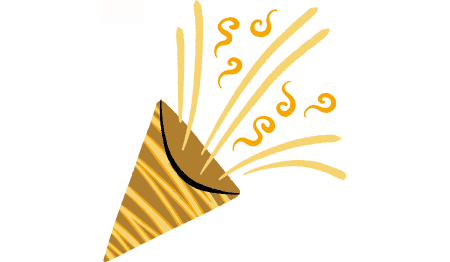
The Julian Calendar
Back in ancient Rome, Julius Caesar decided the calendar needed a serious makeover. So, in 46 BCE, he introduced the Julian calendar, named after himself. It was a solar calendar based on a 365-day year with an extra day every four years (leap year) to keep things in line with the solar cycle. Read our section on Leap Year to better understand this conundrum.
And to actually understand the madness of Apils Fools, we should travel back even more on the past to understand why Caesar decided the Roman calendar needed an upgrade. Let’s see how things were being cooked before Caesar.
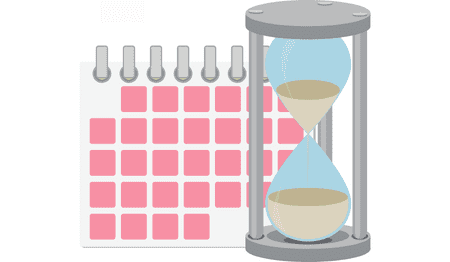
The Romulus Numa Calendar
Even further back in ancient Rome, Romulus, the legendary founder of Rome, and Numa Pompilius, the second king of Rome, cooked up their own calendar. This early Roman calendar had ten months (twelve after Numa) and was a lunar calendar, meaning it was based on the phases of the moon.
It wasn’t the most precise system, but hey, they were making it up as they went along. Now you understand why Caesar went for a calendar makeover.
Now that we’ve got a bit of context on how time was tracked in ancient Rome, let’s fast forward to the 16th century and meet our next calendar contender: the Gregorian calendar. Wait! You haven’t explained the Gregorian calendar yet. We are going to explain that next.
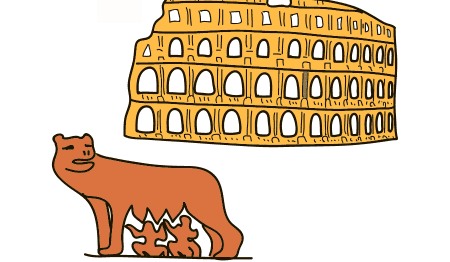
Here its is: The Gregorian Calendar
You got it! So, picture this: it’s the 1500s, and folks are realizing that the good old Julian calendar, introduced by Julius Caesar, isn’t quite cutting it anymore. Seasons are getting out of whack, and Easter isn’t landing where it should. It’s chaos!
Enter Pope Gregory XIII, who decides it’s time for a calendar makeover. In 1582, he introduces the Gregorian calendar, named after himself, because why not? This new calendar is a refinement of the Julian one, with a few tweaks to make it more accurate.
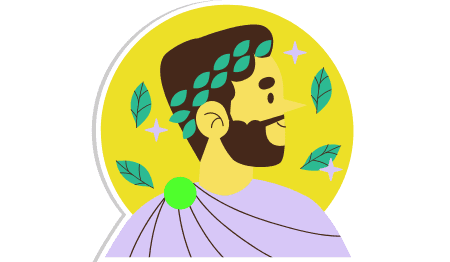
Playing Tetris with the Calendar
One of the key changes is fixing the leap year rule. Instead of adding an extra day every four years like in the Julian calendar, the Gregorian calendar skips leap years in years divisible by 100 but keeps them if they’re divisible by 400. It’s like a game of calendar Tetris to keep things in sync with the solar year.
And just like that, the Gregorian calendar became the standard in many parts of the world, fixing the wonky dates and making sure we all know when to celebrate our birthdays and holidays. So, next time you’re checking your schedule or marking a date on the calendar, you can thank good old Pope Gregory XIII for keeping us on track!

New Year’s in late March or early April?
Yep, that’s how April Fools’ Day got its start in France – a mix of calendar chaos and good old-fashioned trickery. While we don’t have the play-by-play of those early pranks, you can bet they were a riot!
So, you’ve got these folks still partying like it’s New Year’s in late March or early April, totally oblivious to the calendar switcheroo. Now, imagine the confusion when their friends, who’ve already embraced the new calendar, start pulling pranks on them, calling them “April fools.”

April Fools’ Day got its start in France
Yep, that’s how April Fools’ Day got its start in France – a mix of calendar chaos and good old-fashioned trickery. While we don’t have the play-by-play of those early pranks, you can bet they were a riot!
And just like that, a tradition was born. April 1st became the day for playing tricks, pulling pranks, and generally having a laugh at someone else’s expense. It didn’t take long for the fun to spread across France and beyond, evolving into the global celebration of silliness we know today.
So, next time you’re setting up a prank or falling for one yourself on April Fools’ Day, remember – you’re part of a tradition that’s been going strong for centuries, all thanks to a little calendar confusion and a whole lot of mischief. Before we wrap it up, let’s explore other theories regarding the origins on April’s Fools.
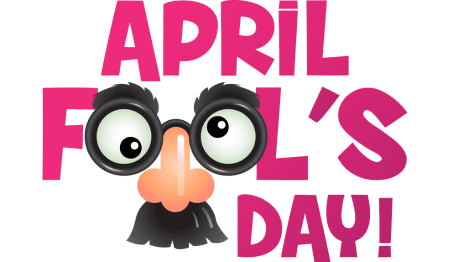
Where Pranks Meet Passion
But wait, there’s more to this tale of tomfoolery! Ancient Roman and Celtic traditions also dabbled in the art of mischief, welcoming spring with festivals bursting with laughter and lighthearted pranks. Imagine the scene: jesters, jugglers, and jokers uniting to usher in a season of silliness. Sound familiar? That’s the spirit of April Fools’ Day echoing through the ages!

Other Theories of its Origins
Now, here’s where things get truly fascinating – April Fools’ Day isn’t just a product of one culture or time period. Oh no, it’s a tapestry woven with threads of history, folklore, and sheer absurdity.
Some say it’s linked to ancient Roman festivals like “Hilaria,” where people disguised themselves and played pranks on each other. No matter what the origins are….

Embrace the Foolishness
Are you ready for more language humor and silliness? Absolutely! While we celebrate the diversity of languages and cultures, it’s also fun to explore the playful and humorous side of language learning. Phrases such as “¡Feliz Año Nuevo!”, “¡Me Gusta la Chucha de tu Madre!” or “Can I molestate you?” could potentially lead to some entertaining anecdotes.
Nonetheless, it’s important to remember that language learning is centered on respect and cultural sensitivity. Embrace the diversity of languages and delve into the liveliness of the Spanish-speaking world with some sexy and dirty phrases.

Interested in Learning Spanish Romance?
As we explore the vibrant tapestry of language and culture, let’s delve into the playful side of Spanish with some steamy phrases. Check out our blog sections: “Things Spanish People Say in Bed” and “El Sexi Chupacabras” to discover how to express “I love you” in Spanish, along with other sensual phrases.
Just as April Fools’ Day reflects the richness of tradition and laughter, exploring the romantic side of Spanish adds another layer of depth to our language journey.

Exploring Legends & Folktales?
Join us in our Legends & Folktales section, where you’ll discover tales of la Santa Muerte, la Llorona, la Ciguapa, El Sexi Chupacabras, and other mythical beings from Hispanic tradition.
Interested in delving deeper into the Easter season? Head over to our Pascua section for more articles on this festivity. And don’t forget to check out our About section to learn about our dedication to teaching.

Wrapping Up the Foolishness!
As we bring our journey through the whimsical origins of April Fools’ Day and the vibrant world of language learning to a close, we’ve unraveled a tapestry of history, humor, and cultural richness. From the chaotic calendar changes of centuries past to the enduring traditions that bring laughter to our lives today, April 1st stands as a testament to the enduring spirit of mischief and laughter.
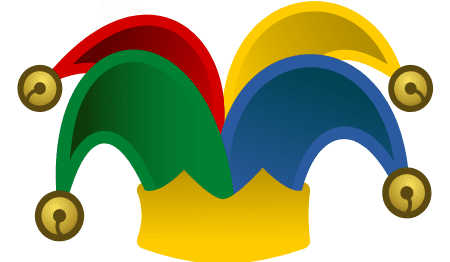
Join the Fiesta: Claim Your Free Spanish Class!
At Kasa De Franko, we’re not your average language school – we’re a vibrant hub where language, laughter, and learning collide. Our mission is to ignite your passion for the Spanish language and culture. That’s why we’re offering ¡gratis! online Spanish classes to kick-start your journey. Now that you know the origins of April Fools’ Day, go for more!
This isn’t just any opportunity; it’s your golden ticket to dive headfirst into the world of Spanish language and culture. Whether you’re a beginner or brushing up on your skills, Kasa De Franko invites you to embrace your inner prankster while mastering Spanish. Don’t miss this chance to laugh, learn, and linguistically leap into the unknown.
So, what are you waiting for? Click that red button, amigos, and let Kasa De Franko guide you on a journey filled with ¡sabor, diversión, y aprendizaje!

